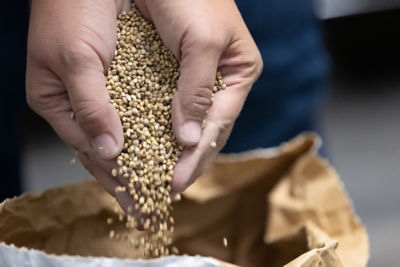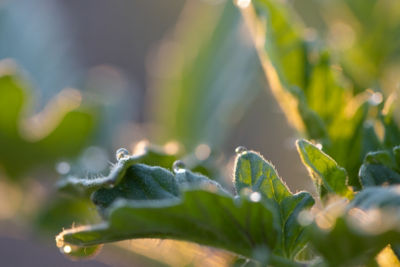Causal Agent
Sclerotium roffsii
(teleomorph: Athelia rolfsii)
Distribution
Worldwide
Symptoms
This fungus can cause a damping-off, crown and root rot, and fruit rot. The first symptom on seedlings is a dark brown lesion at or below the soil-line. Stem tissue is invaded completely, causing the plants to quickly damp off and die. On older plants the lesion girdles the stems, causing the plants to wilt without a change in foliage color. Severely infected plants may eventually die. The lesion continues to expand, causing a root rot below the soil-line and extending several centimeters above the soil-line. If moisture is adequate, a whitish fungal growth covers the lesion surface and tan sclerotia 1-2 mm (0. 06 in.) in diameter are readily produced. Fruit coming into contact with the fungus are quickly invaded, resulting in sunken, yellowish lesions with a ruptured epidermis. A white fungal growth and sclerotia are formed on the lesion surface.
 White mycelium and sclerotia on stem. (Courtesy of Clemson University – U.S. Department of Agriculture Cooperative Extension Slide Series, Bugwood.org)
White mycelium and sclerotia on stem. (Courtesy of Clemson University – U.S. Department of Agriculture Cooperative Extension Slide Series, Bugwood.org)
Conditions for Development
This fungus is an efficient saprophyte and can survive in the soil and plant debris for several years. It can be spread in surface water and by the movement of infested soil on cultivation equipment. High temperatures (30-35°C, 86-95°F) and high moisture levels favor disease development.
Control
Cultural practices, such as careful regulation of soil moisture and deep plowing of residue, and a good sanitation program, which includes removal and burning of all infected plants, can help reduce losses from this disease. Also, fungicides. fumigation and a three-year rotation with crops such as corn and sorghum can help reduce losses from this disease.




